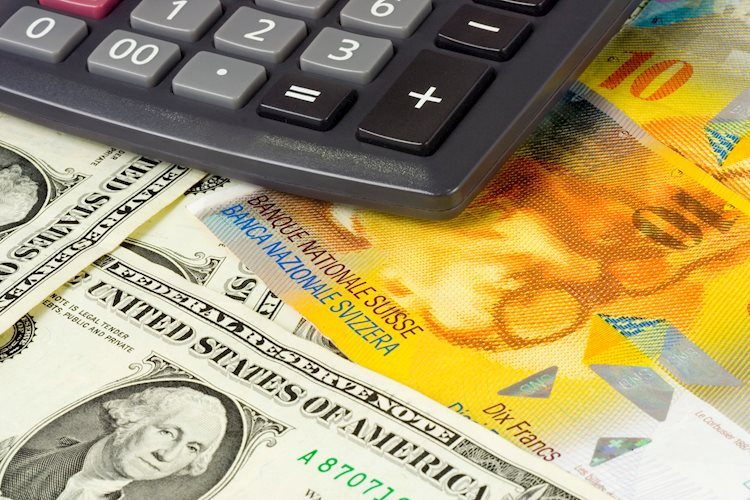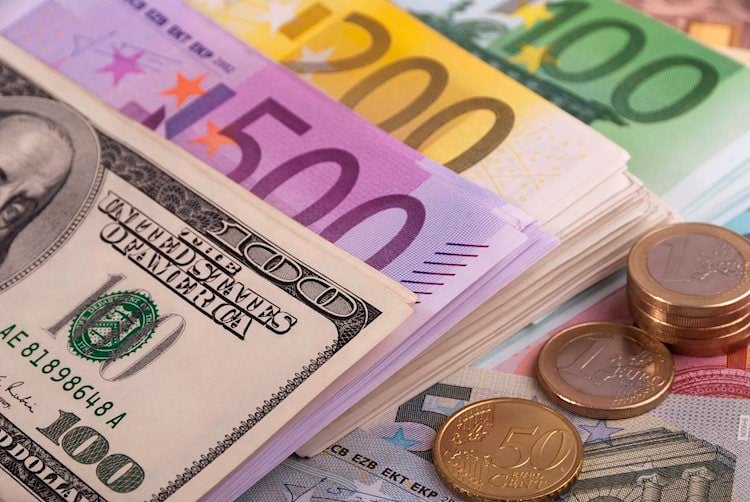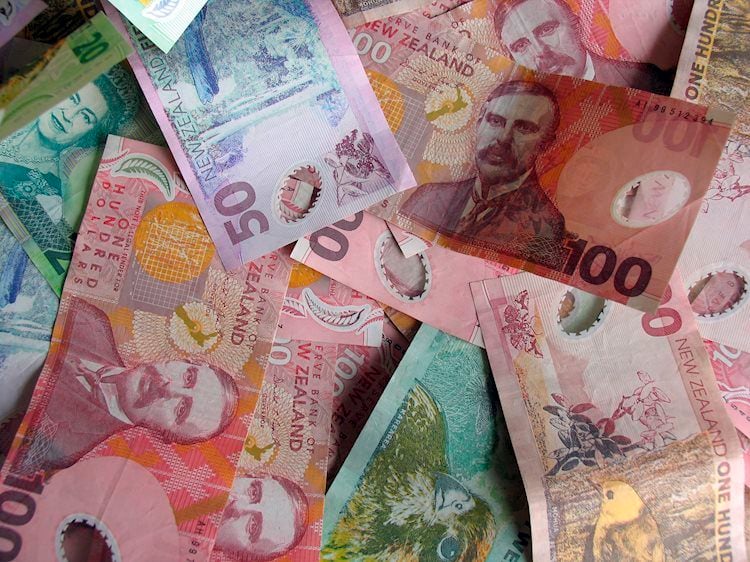After a three-day slump, the AUD/USD remains heavy around the new 2021 bottom.
The Antipodeans are in a risk-averse mentality, primarily due to covid troubles.
The RBA’s Lowe, as well as the dismal US statistics, failed to persuade bulls.
China’s CPI and PPI for June adorn the calendar, with risk triggers playing a crucial role.
Following a three-day decline to retest the 2021 bottom of 0.7415, the AUD/USD pair seesaws at 0.7430 early Friday morning in Asia. The coronavirus (COVID-19) outbreak prompted traders to unwind their positions, and statements from RBA Governor Philip Lowe failed to entice buyers, resulting in a double whammy of sellers’ attacks on the risk-barometer pair.
New South Wales (NSW) in Australia reported the highest infection rate in 2021, while cases in the UK reached a six-month high, casting doubt on the July 19 unlock plan. In addition, Indonesia and Thailand are grappling with the high mortality toll, while Tokyo is considering extending the virus-related emergency until late August.
“A new rise in coronavirus infections driven by the more virulent Delta variant could cause consumers to ‘pull back’ and slow the US recovery,” Atlanta Federal Reserve President Raphael Bostic said, according to Reuters, while confirming that the covid resurgence poses a downside risk to the US economic recovery.
On the other side, RBA’s Lowe tried to reassure investors that recent changes in bond purchases aren’t a precursor of rate hikes, but he didn’t get much of a response because Australian Prime Minister Scott Morrison was speaking at the same time to allay anxieties.
It’s worth noting that the bearish mood was influenced by an increase in US jobless claims and the ECB’s willingness to keep inflation around 2.0 percent flexible, both of which should have weighed on the US dollar but did not due to its safe-haven appeal.
Wall Street suffered minor losses as a result of these moves, and US 10-year Treasury rates hit a new low since February.
Looking ahead, the risk-off sentiment may keep AUD/USD sellers upbeat, but if China’s Consumer Price Index (CPI) and Producer Price Index (CPI) for June defy their recent downward trajectory, the corrective retreat may be triggered. The CPI is expected to remain constant at 1.3 percent YoY, while the PPI is expected to drop to 8.8 percent from 9.0 percent in prior readings.
The AUD/USD seesaws at the September 2020 high amid oversold RSI conditions, which could limit the pair’s further down to 0.7345-40 horizontal support, which has been in place since late September. It should be noted, however, that the corrective bounce may receive less praise until it crosses the 200-DMA mark at 0.7580./n





